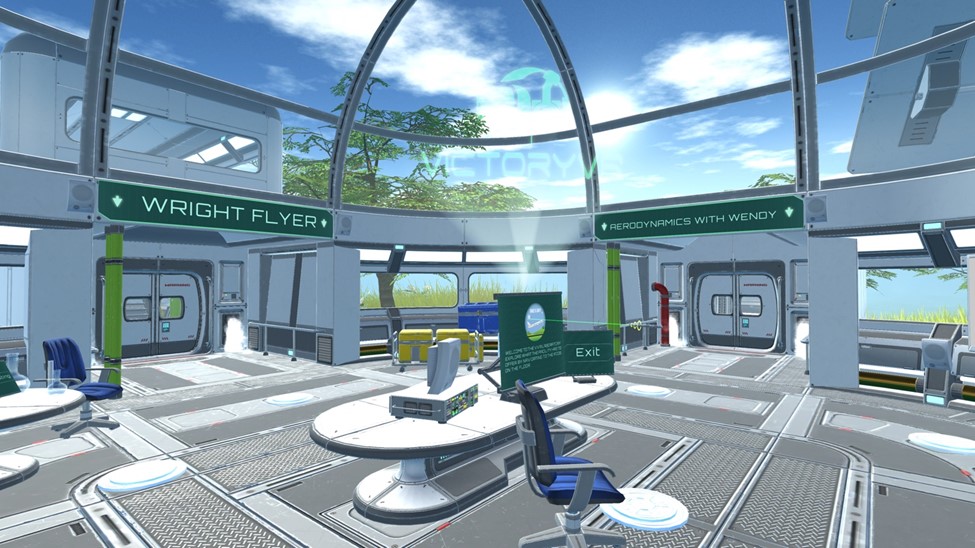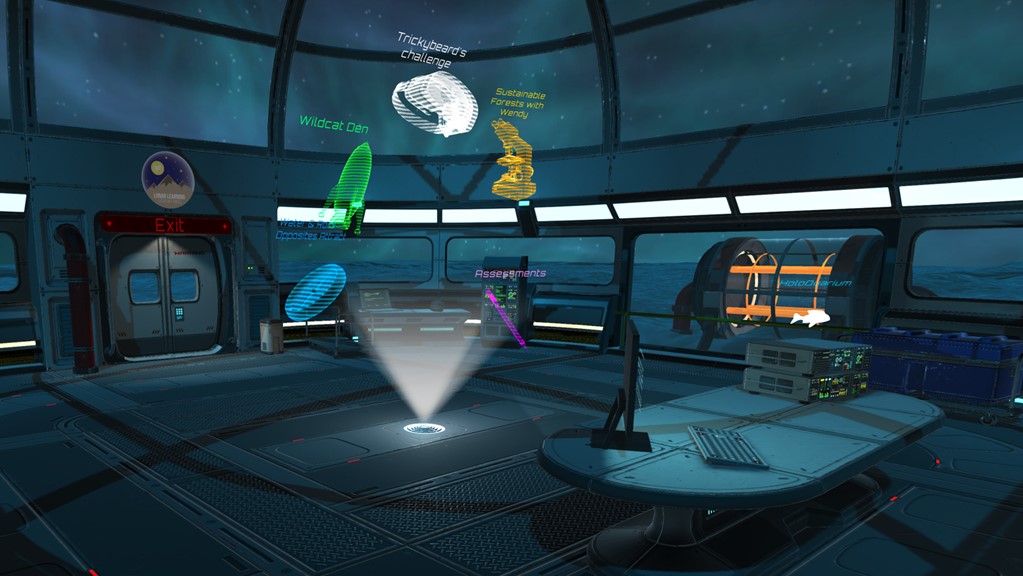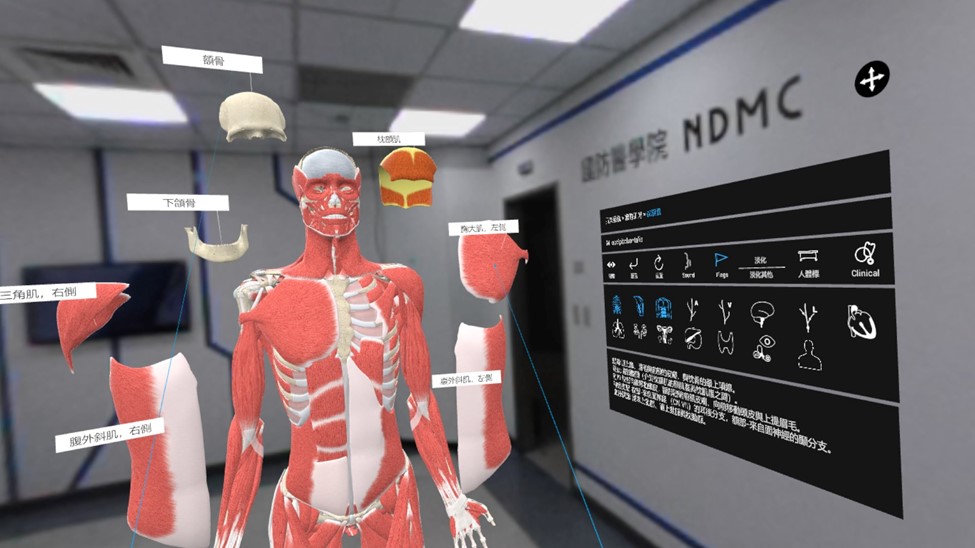Creating safe, interactive learning beyond the classroom with virtual labs
Technology integration has reshaped how we learn and teach in today’s rapidly-evolving educational landscape. One of the most significant advancements in this area is the emergence of virtual labs. These innovative platforms provide immersive learning experiences beyond traditional classroom settings. They allow students to engage with complex concepts in a safe and interactive environment. This article explores the role of virtual labs in education—mainly focusing on their benefits, cost-effectiveness, and how they enhance learning experiences.

What are virtual labs?
Virtual labs—also called simulated labs or digital twins—mimic real-world scientific environments. It enables students to conduct experiments and engage with educational content online. As academic institutions increasingly adopt technology to enhance learning, virtual labs have gained additional importance for providing hands-on experiences without the limitations of a physical space. Virtual reality technology can be utilized in various ways within education. One example is creating immersive simulations that let students explore scientific principles in action. VR can transport learners into a molecular structure or a historical event, providing a deeper understanding of the subject matter. In the classroom, VR engages students in an active learning experience. One that encourages collaboration and exploration. To sum it up, a virtual lab is an interactive online platform where students can perform experiments and engage with scientific concepts without a physical lab setup.

Science education
Safety is crucial in any educational setting, especially in science education, where experiments often involve hazardous materials. Virtual labs eliminate these physical risks, allowing students to explore and experiment without fear of an accident. This safety feature particularly benefits younger students or those new to laboratory work. The interactivity of virtual labs also enhances student engagement. Platforms like VIVERSE provide immersive experiences that captivate learners, making science education more enjoyable and effective. VR lets students manipulate digital objects, observe chemical reactions in real-time, and collaborate with peers in a virtual environment. Virtual labs excel at promoting teamwork and critical thinking skills.
Cost-effectiveness of virtual labs
An obvious standout advantage of virtual labs is their cost-effectiveness. Traditional science labs require significant physical supplies, equipment, and maintenance investments. Virtual labs drastically reduce the need for these resources, as students can access various experiments and simulations online. This reduction in physical materials lowers costs for educational institutions and minimizes waste, leading to more sustainable practices in education. For online public schools with smaller budgets, this cost-effectiveness is especially important.

Enhanced learning through virtual labs
Virtual labs significantly enhance learning retention, particularly for complex scientific concepts. The interactive features offered by VR platforms give students the ability to visualize and manipulate data in ways that traditional educational methods cannot. Students can engage in simulations demonstrating the principles of physics, chemistry, or biology, helping them grasp complex concepts through experiential learning. Research has shown that students who participate in interactive learning environments retain information longer and perform better on assessments. By providing opportunities for hands-on experience and exploration, virtual labs create a deeper connection between theory and practice. Through this, students can reinforce their understanding of the material.
![]()
Closing thoughts
As education continually evolves, virtual labs stand out even more as a transformative tool that enhances learning within science education. By providing safe, interactive, and cost-effective platforms for experimentation, they provide a much-needed benefit. It’s the ideal bridge between theoretical knowledge and real-world application. Embracing these technological advancements will offer future generations unprecedented opportunities to engage with science in meaningful ways. Integrating virtual labs into educational curricula prepares students for future challenges. It also fosters a passion for learning that transcends traditional classrooms. The potential of technologies like VIVERSE will continue to shape the education landscape, making it more accessible, engaging, and effective for all.